PDFs — PhDs — MSc — BSc — Former
Dr. Christopher Spencer is a geologist and Associate Professor in the Department of Geological Sciences and Geological Engineering at Queen’s University in Kingston, Ontario. His research is rooted in fieldwork and utilizes igneous petrology, geochemistry, and geochronology to understand orogenic processes and secular change of geologic processes spanning 4.5 billion years of Earth history. Current projects use stable and radiogenic isotopes coupled to igneous geochemistry as a tracer for modern tectonic processes along with tracking the oxidation of the atmosphere and its reflection in the geologic record. Chris was awarded the Geological Society of America Young Scientist Award (Donath Medal) in 2020 and a John Curtin Research Fellowship in 2015. He holds a Ph.D. in Earth Science from the University of St Andrews (Scotland) and a B.Sc. and M.Sc in Geological Sciences from Brigham Young University (Utah).
Post-Doctoral Researchers
Brendt Hyde is a recipient of the William E. White Post-Doctoral Fellowship. He recently completed his PhD through Western University and the Royal Ontario Museum. His PhD research focused on describing melt environments in the early solar system through the characterization and analysis of meteorites. His post-doctoral research utilizes stable isotope analytical techniques to search for signatures of celestial impactors in samples from both terrestrial impact crater sites and the early Earth. Brendt’s ultimate goal is to better understand the role celestial impacts play in the generation and modification of terrestrial crusts.
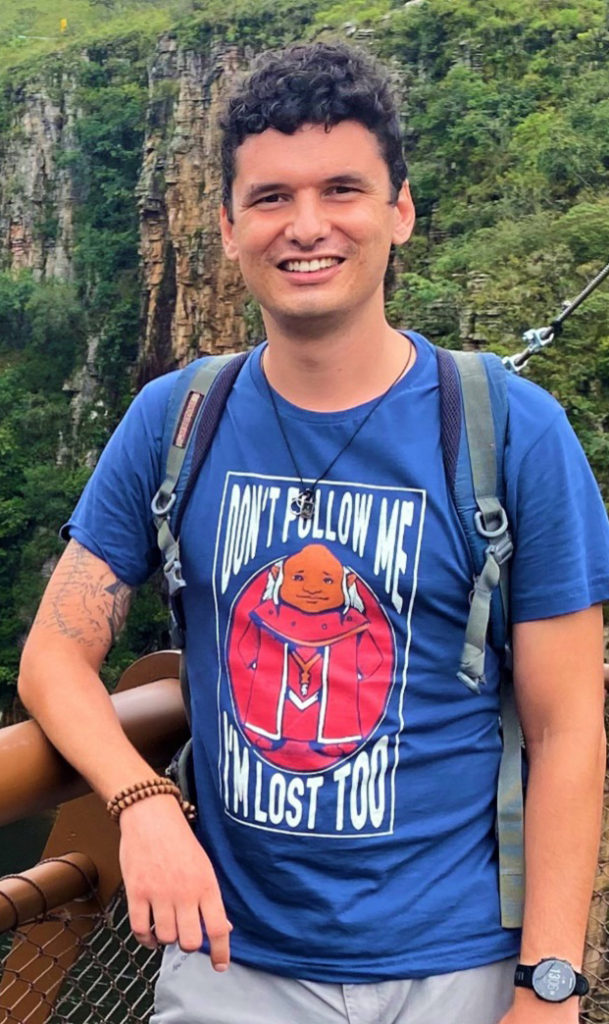
Rodrigo I. Cerri is a geologist with BSc from the São Paulo State University (UNESP) and PhD in Geosciences and Environment from the same university. He is currently a Post-Doctoral Fellow supported by the São Paulo Research Foundation (FAPESP). In his PhD research, he focused on geochronology and sedimentary provenance patterns of the early and first fluvial systems at the base of the Parnaíba intracratonic Basin, NE Brazil, and the relationship with underneath Precambrian rift systems (rift-to-sag model). His post-doctoral research current utilizes U-Pb geochronology (detrital rutile and zircon) and trace elements analysis of detrital rutile to understand the distribution, age and provenance pattern of the first fluvial systems after the Western Gondwana assembly in the NE Brazil. Cerri’s research currently involves applying geochronology and isotope geochemistry, together with sedimentological and stratigraphical analysis, to solve and understand a diverse series of questions about sedimentary basins evolution.
PhD Students
Tiago Angelo is a geologist with a BSc from the University of Brasilia and an MSc in Geotectonics from the University of São Paulo, Brazil. During his PhD at Queen’s, he will focus on geologic mapping, geochemistry, and geochronology to investigate the petrogenesis and timing of Sub-Moho dykes in the Oman-UAE supra-subduction ophiolite.
Marina Seraine is a Brazilian geologist with an MSc from the University of Brasília. She is conducting her PhD at Queen’s where her research aims to understand secular changes in sedimentary geochemistry across the Archean–Proterozoic (2.5-2.2 Ga) boundary in samples from South Africa, Brazil, Canada, Russia, and Australia.
Charlie Oldman is a post-graduate research student in the School of Environment, Earth, and Ecosystem Sciences at the Open University in Milton Keynes, UK advised by Dr. Clare Warren and co-advised by Dr. Spencer. For his PhD project, he is researching the rates and timescales of melting and melt persistence in orogenic systems with samples from the Garhwal region of the Indian Himalaya.
Hsin-Yu Chen is a PhD student at Syracuse University advised by Dr. Scott Samson and co-advised by Dr. Spencer. Hsin-Yu’s project is focused on connecting whole-rock geochemistry of igneous rocks to zircon yield in modern fluvial systems. Her fieldwork in the Kimberly Region of Western Australia is already yielding some exciting results.
Guimei Lu is now a PhD candidate in the China University of Geosciences (Wuhan) and visiting student at Queen’s University from May 2021 to May 2022 under the supervision of Dr. Spencer. His research interests including using igneous and sedimentary records to understand the evolution of lithosphere, atmosphere, biosphere, and supercontinent cycle in the Proterozoic.
Sarah Hatherly is a PhD student at Queen’s University and completed her undergraduate degree in Geological Engineering at Queen’s in April of 2020.
Her current research is split between constraining the geochemical processes associated with accretionary lapilli formed in bolide impacts and understanding how situational stereotypes influence our efforts in improving equity, diversity, and inclusion in the geosciences.
Shaoxiong He is a PhD candidate in the Institute of Geology and Geophysics, Chinese Academy of Sciences and visiting student at Queen`s University from February 2022 to July 2023 under the supervision of Dr. Christopher Spencer. His projects are focusing on constraining the geological processes in orogenic system with samples form Himalayan Orogen and using laser assisted fluorination for triple oxygen isotopes (Δ17O) analysis in strongly peraluminous granites to explore the rise of continental freeboard and sedimentary recycling across the Archean–Proterozoic boundary.
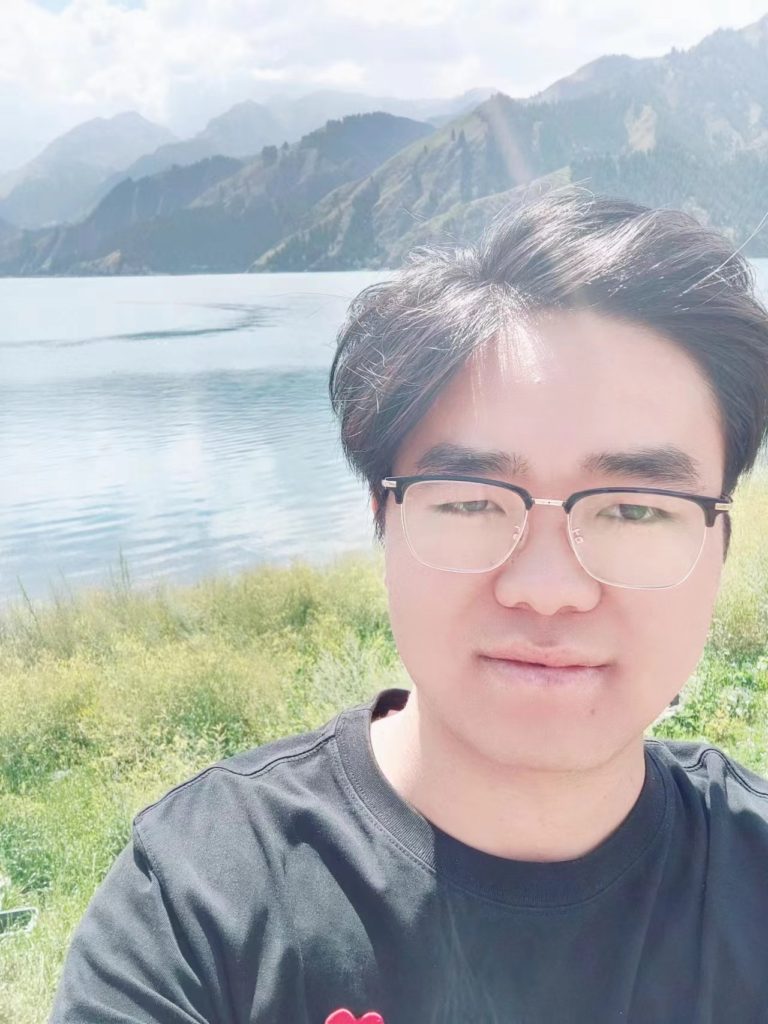
Zaili Tao is a PhD student at China University of Geosciences (Beijing) advised by Dr. Jiyuan Yin and visiting student at Queen’s University under the supervision of Dr. Spencer. His research interests focus on using geochemistry, Sr-Nd-Hf-O isotopes and mineral compositions (e.g., plagioclase, amphibole and apatite) to explore crust-mantle interaction and magmatic processes, and further reveal the evolution process of the orogenic belt.
MSc Students
Xi Wang completed a BSc degree in Geological Sciences in 2020 at Queen’s University with a focus on structural geology. She is currently a MSc candidate under the supervision of Dr. Chris Spencer. Her project is focusing on using declustering algorithms to more accurately evaluate the growth of continental crust through time as well as evaluating mica inclusions in Hadean zircon from the Jack Hills of Western Australia.
BSc Students
Elise Laupland is a fourth-year undergraduate student studying the detrital zircon provenance of the Flinton Group within the Grenville Orogeny. Her research seeks to define the tectonic setting of sedimentary deposition of these units using samples she collected in 2021.
Erin Dowling is a fourth-year undergraduate student constraining the complex history of Carboniferous quartz veins in the St. John’s area. Erin is also co-advised by Dr. Jenn Day.
Sophie Divilek is a fifth-year undergraduate student and is using lithium isotopes and mineral chemistry of sub-Moho granitoids from the Samail Ophiolite to better understand the sediment signature of these bizarre magmatic rocks.
Talia Walsh-Estabrooks is a fourth-year undergraduate student working on the spectacular orbicular granites of Western Australia to better understand their petrogenesis and implications for the timescales of magma mixing. She is using laser ablation and electron microprobe analyses to constrain Sr isotopes in feldspar and thermobarometry using amphibole.
Josephine DiMaurizio is a fourth-year undergraduate student using Lu-Hf and Ar-Ar geochronology to constrain the timing of metamorphism and exhumation of the planet’s youngest exposed blueschist terrane from the island of Leti in Indonesia. Josie is also using laser ablation and electron mircoprobe analyses to constrain pressure and temperature conditions of metamorphism.
Anya Kulchyki is a fourth-year undergraduate student using laser ablation ICP-MS and EMPA analyses to characterize the relatively new pallasite discovery from Kenya (Sericho Pallasite) and is working to evaluate the various models proposed for pallasite formation.
Serena Formenti was a 2021 NSERC Undergraduate Student Research Award (USRA) recipient. Her USRA research project for Summer 2021 involves understanding the petrogenesis of sub-Moho granitoids in Appalachian-age ophiolites in southern Quebec. Serena is also engaged in science outreach research and understanding the effectiveness of various science communication platforms. Serena is now a graduate student at UBC.
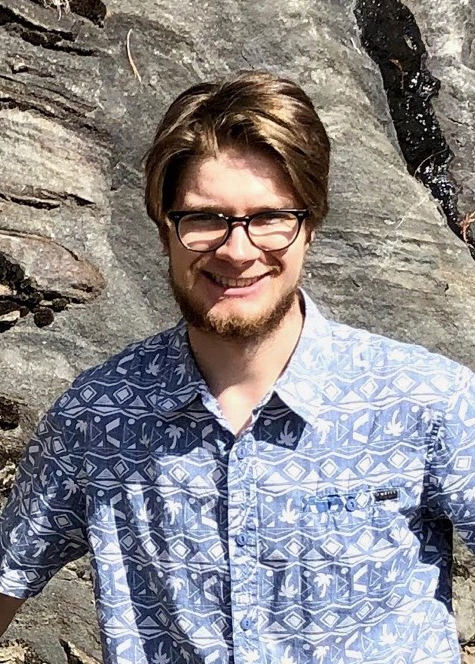
Nick Lucas worked with Dr. Spencer as a fourth-year undergraduate student studying geological engineering at Queen’s University. While continually developing his interests, he is most drawn by the application and integration of metamorphic petrology, geochronology, and structural geology to problems in tectonics.
Nick worked on testing the use of U-Pb geochronology from the Mesoproterozoic Labelle Shear Zone in southwest Quebec. Through detailed mapping and sampling, he hopes to evaluate his results in the context of P-T-t conditions and deformation. Nick is now a graduate student at Cambridge University.
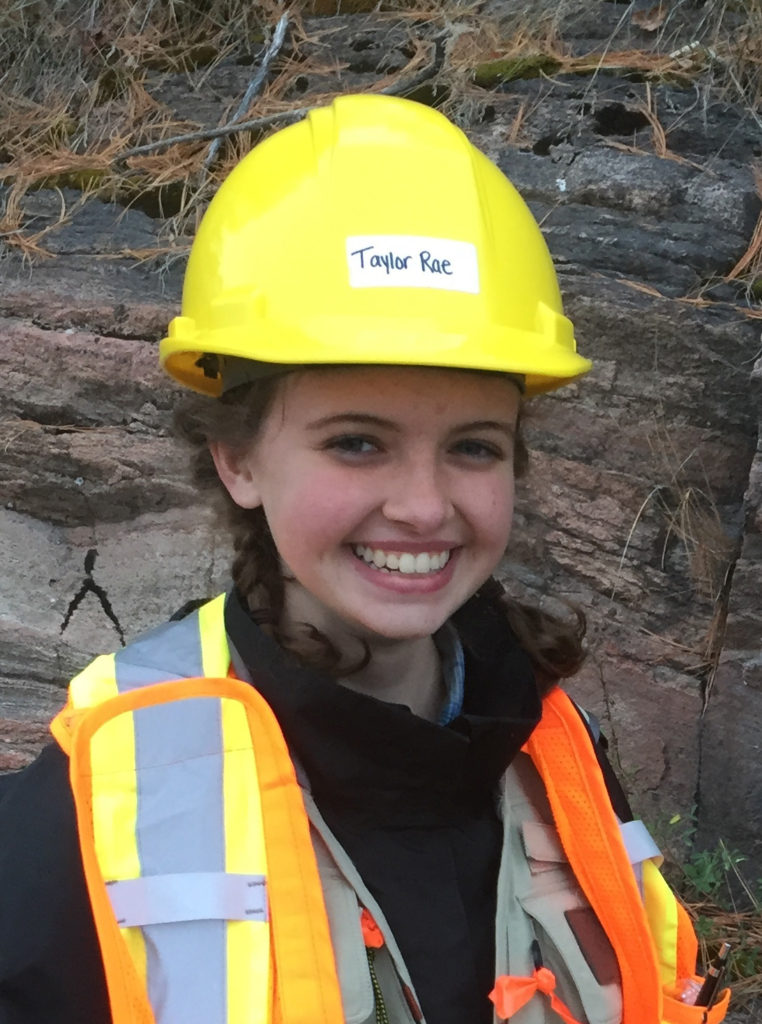
Taylor Morrell is an NSERC Undergraduate Student Research Award (USRA) recipient working under the co-supervision of Dr. Chris Spencer and Dr. Laurent Godin at Queen’s University. Her USRA research project for Summer 2020 involves studying variations in the δ18O record in igneous and detrital zircons through time in regards to supercontinent cycles. Taylor’s research interests involving using structural geology, geochemistry, and fieldwork to better understand orogenic systems. Taylor is now a PhD student at Queen’s University working with Dr. Laurent Godin.
Former Students (Curtin University)
Erin Martin PhD (now PDF at Monash University):
Erin’s current research focuses on big-data, multi-proxy records of major events in Earth history. Prior to commencing her postdoc at Monash, she completed her BSc (Hons) in Earth Science at the University of Newcastle, and PhD at Curtin University as part of the Earth Dynamics Research Group. Her PhD research investigated the geodynamic evolution of the Neoproterozoic by evaluating the orogenic record preserved by zircon U-Pb-Hf systematics.
Adam Nordsvan PhD (now PDF at University of Hong Kong):
Adam’s work focuses on how and why sediments are deposited, secular changes in sedimentary systems and the sedimentology, and duration of Neoproterozoic Snowball Earth events. Adam is also skilled in new statistical methods for detrital zircon analysis that help understand sedimentary provenance and aid with reconstructing palaeogeography.
Silvia Volante PhD (now PDF at Ruhr-Universität Bochum):
The main focus of Silvia’s was unravelling the structural, metamorphic, and magmatic evolution of Proterozoic inliers in NE Australia, by applying a multiscale petro-structural approach combined with geochemistry and petro-chronology, and its tectonic implications during the assembly of the Supercontinent Nuna. Recently, Silvia joined Prof. Annika Dziggel Tectonic and Resources Research Group at the Ruhr-Universität-Bochum to work on Early Earth processes in Archean terrains.
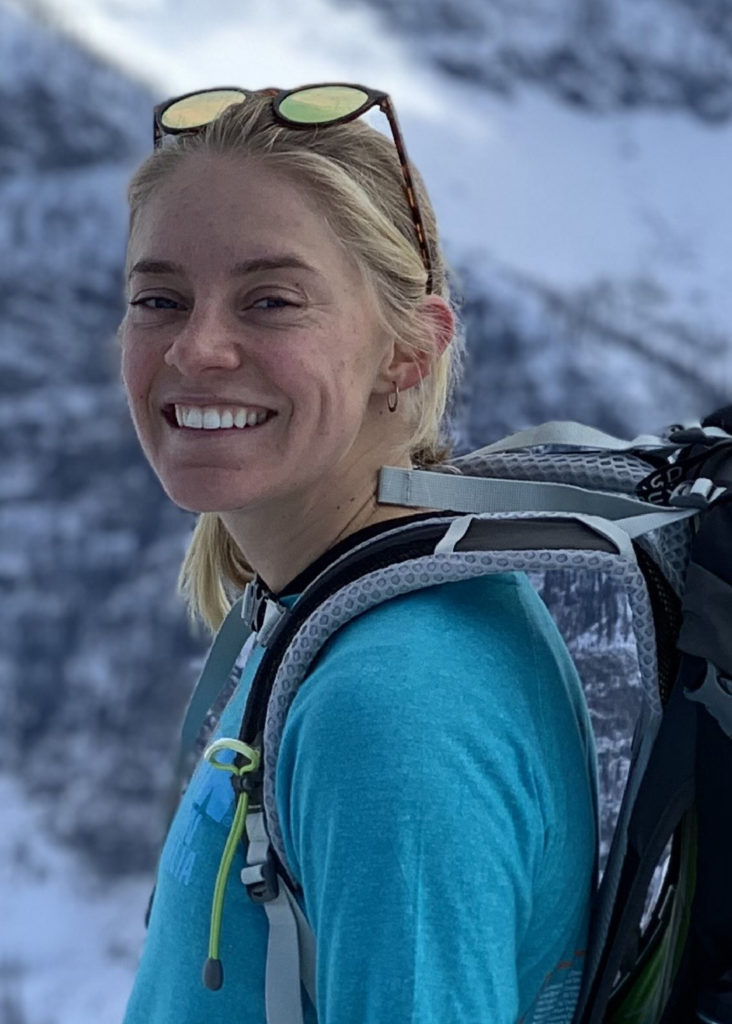
Janne Liebmann PhD (now PDF at Curtin University):
Following her BSc and MSc degrees obtained from Freie Universität Berlin, Germany, she completed her PhD at Curtin University, Western Australia under the supervision of Dr Chris Spencer (Queen’s) and Dr Chris Kirkland (Curtin). Her research combines fieldwork with petrology, geochemistry, and geochronology to better understand the coevolution of the atmosphere, biosphere, and lithosphere at the Archean Proterozoic transition.